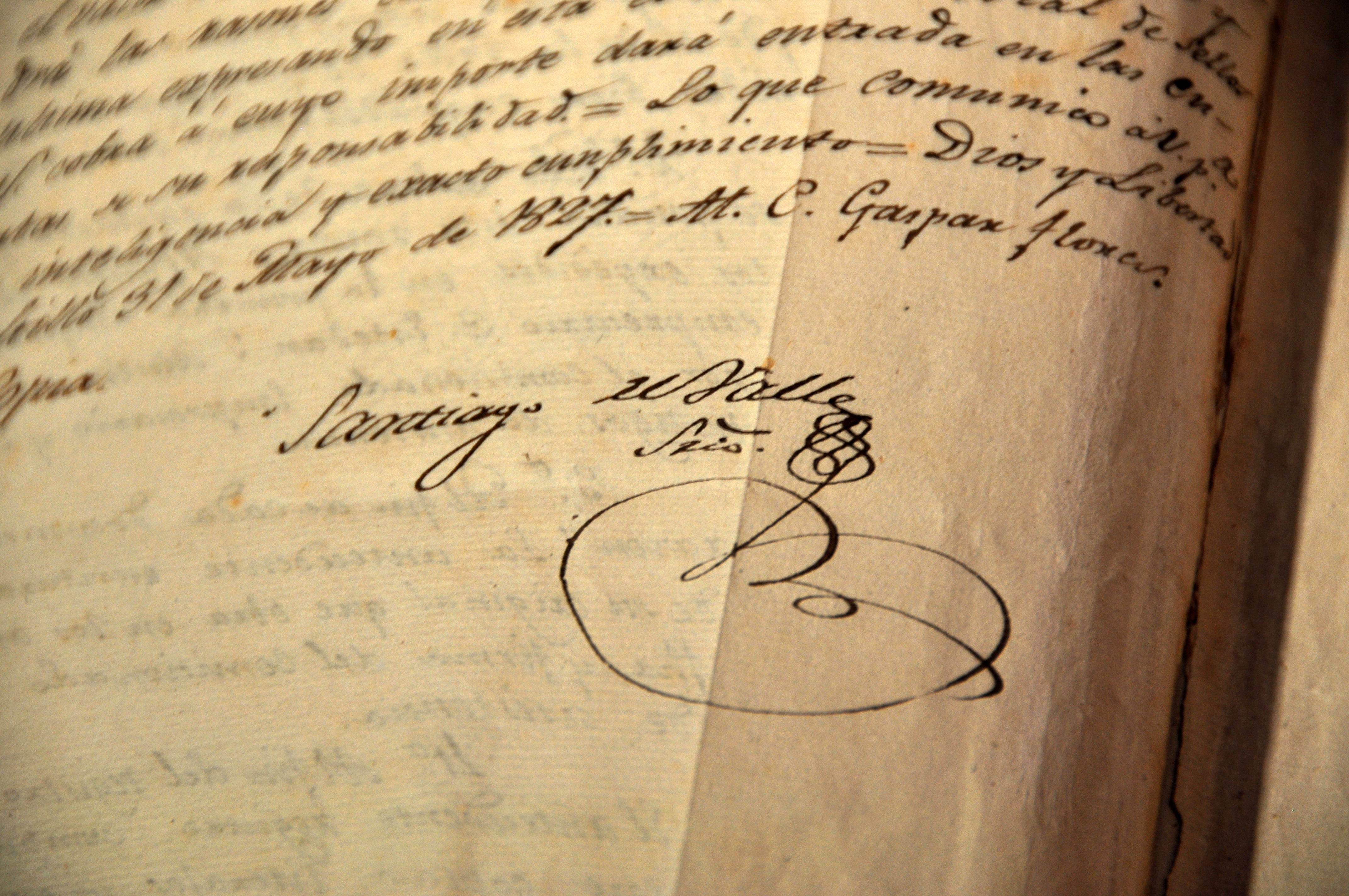Funds to improve drainage and sewer infrastructure for Sabine County and the city of Pineland
Today Texas Land Commissioner George P. Bush, Texas Senator Robert Nichols and County Judge Daryl Melton announced the Texas General Land Office (GLO) approved $14.2 million in flood mitigation projects to improve drainage and sewer infrastructure in Sabine County and the City of Pineland. These infrastructure projects will directly benefit thousands of residents in majority low-to-moderate income (LMI) areas that faced repetitive storm damage in 2015, 2016 and in 2017 with Hurricane Harvey.
“Communities across Texas have needed to replace aging infrastructure for years, yet these communities simply have lacked the funds to make improvements,” said Commissioner Bush. “The GLO is proud to work with communities of all sizes to provide vital mitigation funding to address these critical needs that will benefit residents for generations to come.”
“As this week’s flooding proves, the need for mitigation and drainage improvements in Deep East Texas is intense,” said County Judge Daryl Melton. “We’ve identified 19 structures, including bridges and culverts, that need to be replaced or upgraded across our county, in addition to critical drainage and sewer system improvements, at a cost that would otherwise be out of reach. This $14.2 million in funding from Commissioner George P. Bush and the GLO makes all of these projects possible. The benefits of reduced damage from storms and floods, as well as fewer environmental impacts from overwhelmed sewers, will benefit all of us, including our most at-risk residents, for decades.”
Texas Senator Robert Nichols offered his support from the Texas Capitol saying, "It's impossible to overstate how important these flood mitigation funds are to East and Southeast Texas. Senate District 3 saw severe flooding during the 2015 floods, the 2016 floods, and again during Hurricane Harvey in 2017. These flooding events showed just how vulnerable this area of the state is and how necessary mitigation efforts are. Senate District 3 won over $105 million in the competitive flood mitigation fund award process because the projects in our region are vital to protecting Texans from future flood events. I appreciate the professionalism of the GLO throughout this process and our local officials who worked so hard to make these projects a reality."
In May 2020, Commissioner George P. Bush announced the kick-off of the application process for the first round of more than $2.3 billion in Community Development Block Grant Mitigation (CDBG-MIT) funds from the U.S. Department of Housing and Urban Development (HUD) to protect Texas communities hit by Hurricane Harvey and severe flooding in 2015 and 2016. During the first round, the GLO conducted three competitive application programs from the CDBG-MIT Action Plan. Those programs include:
- 2015 Floods State Mitigation Competition – GLO awarded $31,426,781 to four grantees.
- 2016 Floods State Mitigation Competition – GLO awarded 21 grantees with $135,462,438.
- Hurricane Harvey State Mitigation Competition Round 1 ($1 billion of $2,144,776,720 total).
Applications closed for the first round of funding October 28, 2020, and the GLO evaluated all 290 submitted applications in accordance with the HUD approved scoring criteria. Eligible applications with the highest scores were awarded funds. The second round of the competition will award the remaining $1,144,776,720 in mitigation funding to Hurricane Harvey eligible entities.
HUD defines mitigation as activities that increase resilience to disasters and reduce or eliminate the long-term risk of loss of life, injury, damage to and loss of property, and suffering and hardship, by lessening the impact of future disasters. HUD requires that at least 50% of total funds must be used for activities benefiting low- to moderate-income (LMI) persons.
The State of Texas CDBG Mitigation Action Plan: Building Stronger for a Resilient Future outlines the use of funds, programs, eligible applicants, and eligibility criteria as required by HUD. The plan was sent to HUD on February 3, 2020, after an extraordinary public outreach effort including a 50-day public comment period and eight regional public hearings, far-surpassing HUD requirements. HUD approved the plan March 31, 2020. For more information, please visit recovery.texas.gov/mitigation.
Sabine County: Priority Drainage Improvements Project - $11,180,882.62
LMI Percentage: 51.91%
Sabine County previously conducted a countywide drainage study with CDBG-DR funds with Hurricane Harvey infrastructure funding that identified 19 structures (bridges and culverts) needing to be replaced or upgraded. The Sabine County drainage improvements project implements these drainage improvements identified in the previous drainage study throughout the county. This project will reduce damage to roads and homes.
The project includes drainage improvements at the following locations:
- Springhill Road & Pace Creek
- Dorsey Road
- Blossom Lane & Dry Branch
- Cole Drive & Boyd Creek
- Old Milam Street
- Clarktown Road
- CCC Road West. & Rice Creek
- CCC Road West & Sandy Branch
- Willard James Drive
- Drawhorn Road & Clear Creek
- Little Flock Road & Steep Mile Creek
- Housen Hollow & Lick Branch
- Centerview Road & Shady Creek
- Bear Creek Road & Bear Creek
- Williams Drive
- Davidson Road & Beaver Creek
- Lickskillet Road & Sulphur Creek
- Ceasar Smith Drive & El Lobanillo Creek
- Boyd Road & Boyd Creek
- Henson Road & Carrice Creek
City of Pineland: Sewer System Improvement Project - $3,080,000
LMI Percentage: 64.45%
During heavy rain fall from hurricanes, tropical storms, and tropical depressions the infiltration and inflow (I&I) in the sewage collection system causes manholes to overflow creating an environmental issue and that the wastewater treatment plant cannot treat the sewage properly, creating a discharge from the facility that does not meet TCEQ’s discharge parameters and therefore creating an environmental problem in the discharge stream.
The sewer system improvements will provide resiliency to ensure future uninterrupted service to the city residents and mitigate the discharge of raw, untreated sewer into the environment & surrounding residences.
Improvements will include:
- Replace approximately 22,100 linear feet of existing sewer main and appurtenances that were a part of the original sewerage collection system for the city. This project proposes improvements for approximately 35 sites.
- Reduce the infiltration/inflow in the system by installing new sewer pipe and manholes that aides in precluding extraneous water from entering the system during rainfall events.








